Archives
- 2018-07
- 2018-10
- 2018-11
- 2019-04
- 2019-05
- 2019-06
- 2019-07
- 2019-08
- 2019-09
- 2019-10
- 2019-11
- 2019-12
- 2020-01
- 2020-02
- 2020-03
- 2020-04
- 2020-05
- 2020-06
- 2020-07
- 2020-08
- 2020-09
- 2020-10
- 2020-11
- 2020-12
- 2021-01
- 2021-02
- 2021-03
- 2021-04
- 2021-05
- 2021-06
- 2021-07
- 2021-08
- 2021-09
- 2021-10
- 2021-11
- 2021-12
- 2022-01
- 2022-02
- 2022-03
- 2022-04
- 2022-05
- 2022-06
- 2022-07
- 2022-08
- 2022-09
- 2022-10
- 2022-11
- 2022-12
- 2023-01
- 2023-02
- 2023-03
- 2023-04
- 2023-05
- 2023-06
- 2023-07
- 2023-08
- 2023-09
- 2023-10
- 2023-11
- 2023-12
- 2024-01
- 2024-02
- 2024-03
- 2024-04
- 2024-05
- 2024-06
- 2024-07
- 2024-08
- 2024-09
- 2024-10
- 2024-11
-
The potential use of derivatives belonging to
2024-03-08
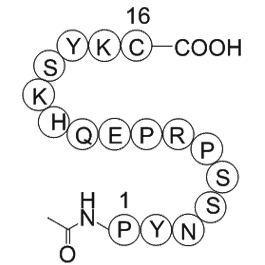
The potential use of derivatives belonging to this series as therapeutic agents mostly depends on their pharmacokinetics and pharmacodynamics. The pharmacokinetic phase includes absorption, distribution, metabolism and excretion (ADME) of the studied compounds. Therefore, preliminary data for theor
-
Adenosine is a ubiquitous homeostatic
2024-03-08
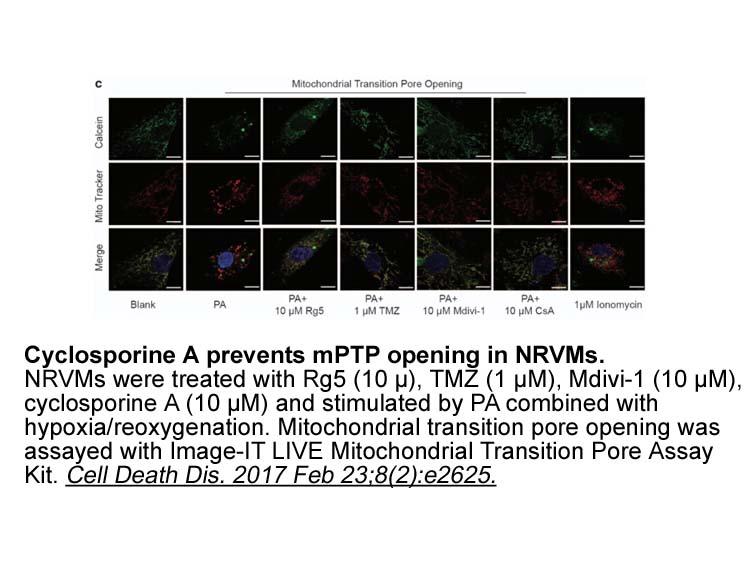
Adenosine is a ubiquitous homeostatic purine nucleoside that accumulates extracellularly in response to metabolic stresses such as hypoxia and inflammation. Activation of either G protein-coupled adenosine receptors (ARs; A1R, A2AR, A2BR, and A3R) by extracellular adenosine can modulate cell signali
-
Toxicity is the main reason for the failure at
2024-03-08
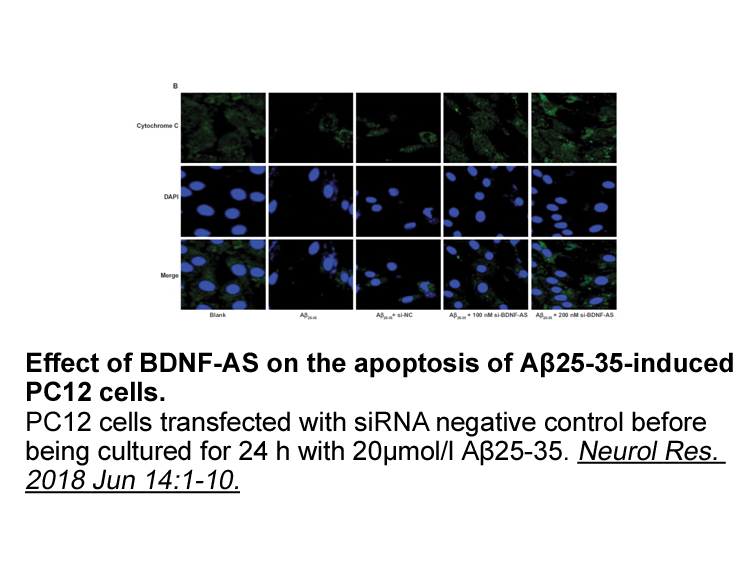
Toxicity is the main reason for the failure at all stages of the new drug development process. The major part of safety-related attrition occurs at preclinical phases while predicting preclinical safety liabilities earlier in the drug development process. This strategy enables the design and/or sele
-
Imatinib is a well known
2024-03-08
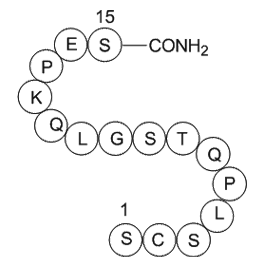
Imatinib is a well-known anticancer drug used in Chronic Myeloid Leukemia (CML) against the altered expression/activity of tyrosine kinase resulting from the fusion of BCR-ABL in leukemic blasts. It has been demonstrated that Imatinib can induce autophagy in BCR-ABL expressing TH287 (K562 cell line
-
The amino hydroxy methyl isoxazolepropionic acid AMPA recept
2024-03-08
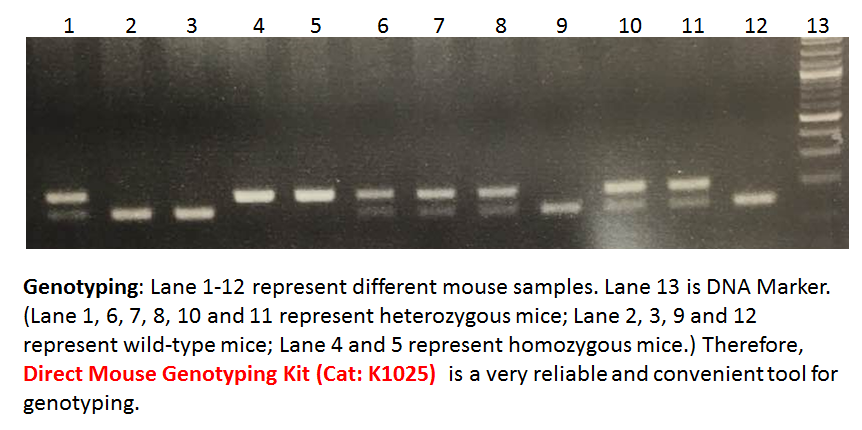
The α-amino-3-hydroxy-5-methyl-4-isoxazolepropionic Senexin A (AMPA) receptor is also enriched in postsynaptic striatal neurons (Bernard et al., 1997, Kondo et al., 2000, Reimers et al., 2011). Its activity is subjected to the regulation by a mechanism involving phosphorylation (Lu and Roche, 2012)
-
br Acknowledgments This work was
2024-03-07
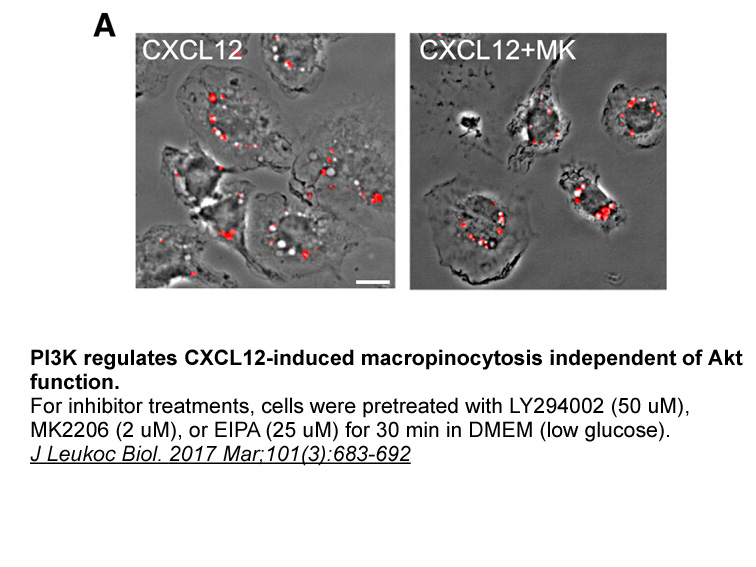
Acknowledgments This work was supported by grants from the “Agence Nationale de la Recherche” ANR-09-CESA-006 program, the Agence Nationale de Sécurité Sanitaire de l’Alimentation, de l’Environnement et du Travail (Anses, Project n° 2012-2-077) and the Interdisciplinary Program “Longévité et Viei
-
It has been reported that trehalose shows beneficial
2024-03-07
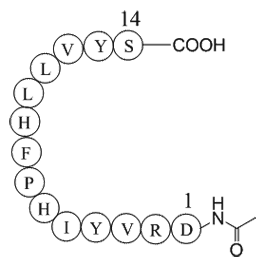
It has been reported that trehalose shows beneficial effects in a mouse model of several neurodegenerative diseases [21], [22], [23]. There are also reports showing that trehalose can improve the impaired cognitive and learning ability and reduced Aβ deposit in hippocampus of APP/PS1 transgenic mice
-
Involvement of Adiponectin in the regulation of imatinib res
2024-03-07
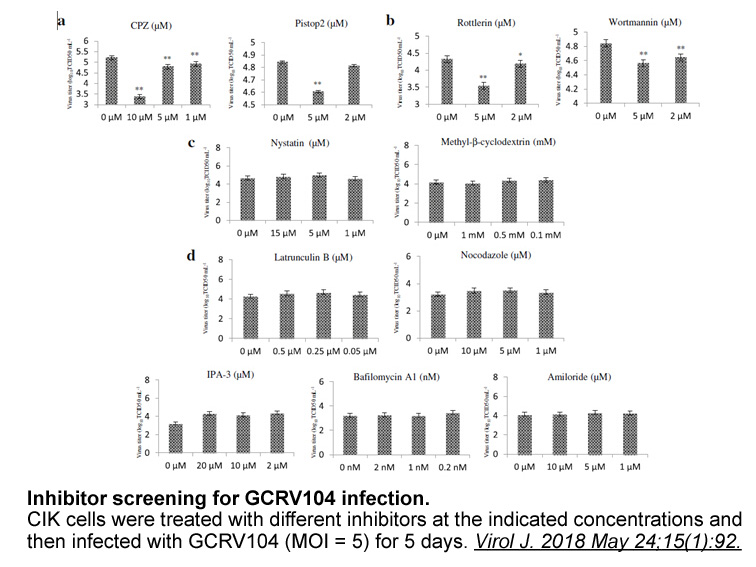
Involvement of Adiponectin in the regulation of imatinib resistance in human CML cells has not been hitherto examined. Therefore, in this study, we first established imatinib-resistant K562 CML cells, and then evaluated the effect of Adiponectin in reversing imatinib resistance. The data presented h
-
These results from the present study are summarized in Table
2024-03-07
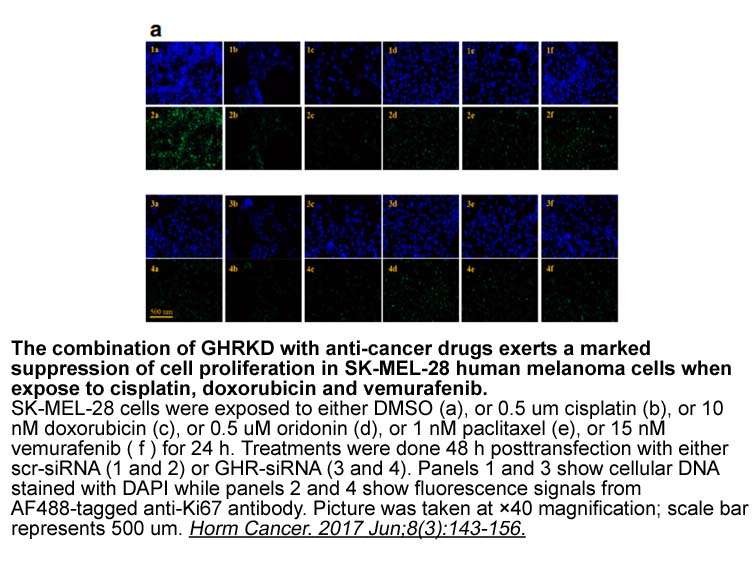
These results from the present study are summarized in Table 1. Eight drugs (doxorubicin, epirubicin, daunorubicin, idarubicin, irinotecan, imatinib, sunitinib and gefitinib) inhibited 5-HT-induced 5-HT3A and 5-HT3AB currents; three (irinotecan, topotecan and mitoxantrone) showed different responses
-
In the past few years several
2024-03-07
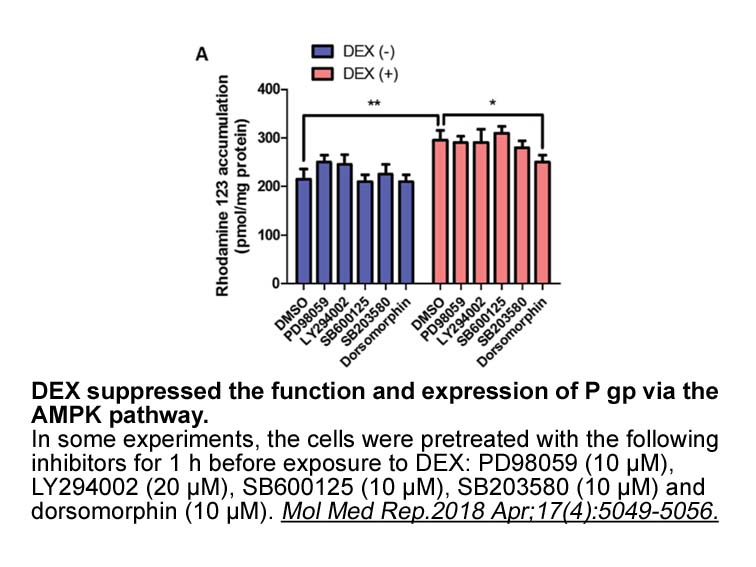
In the past few years, several experimental findings have demonstrated a pivotal involvement of adenosine also in driving the phenotypic switch of macrophages. In particular, the stimulation of A2A and A2B receptors seems to play a critical role in switching macrophages from M1 to M2 phenotype [37,6
-
br Role of autophagy in alcoholic cardiomyopathy br Concludi
2024-03-07
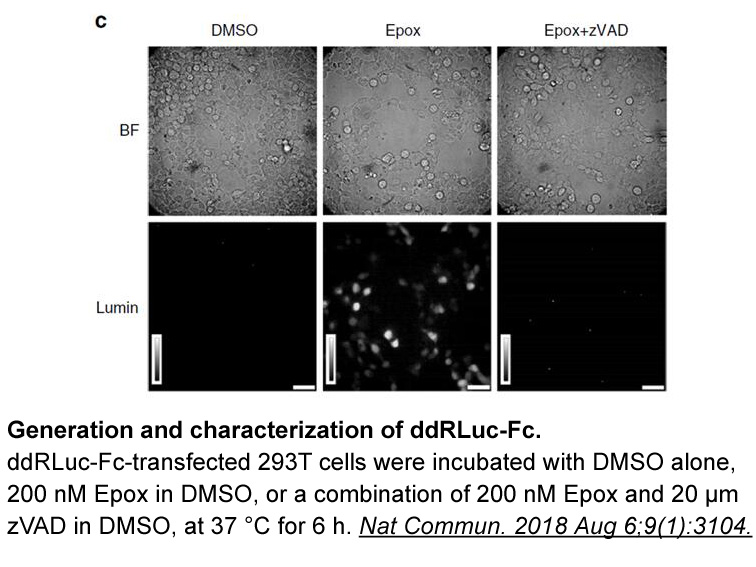
Role of autophagy in alcoholic cardiomyopathy Concluding remarks The genetic and phenotypic heterogeneity in alcoholic cardiac injury has been recognized despite the seemingly beneficial effects of low to moderate alcohol consumption [8]. Although oxidative stress is well established in the pa
-
Although plant Aurora kinases can be clearly grouped into fu
2024-03-07

Although plant Aurora kinases can be clearly grouped into functional clades, the roles of the respective clades does not seem to be evolutionarily conserved. AtAurora 1 labels kinetochore microtubules [19], similarly to mammalian Aurora A, while its targeting to the cell plate resembles features of
-
br Current limitations and future directions There are
2024-03-06
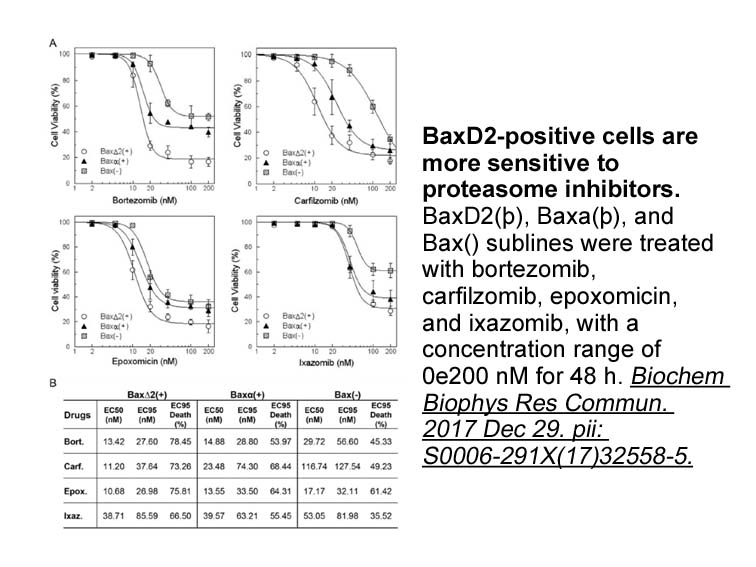
Current limitations and future directions There are several limitations associated with PET imaging of aromatase using carbon-11 labeled aromatase inhibitors. Due to the very short half-life of carbon 11 (20min), PET studies with currently available, validated tracers can only be performed in med
-
br Consequences of central apelin APJ modulation Regarding e
2024-03-06
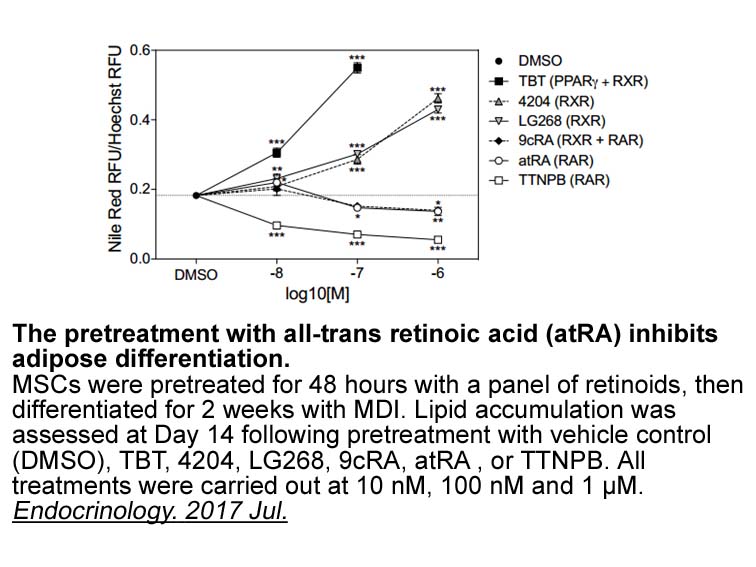
Consequences of central apelin/APJ modulation Regarding extra-hypothalamic actions, recent data demonstrate that the central apelin/APJ system could be a potential new target for the regulation of memory (Han et al., 2014). Then, intracerebroventricular (icv) apelin administration in mice impairs
-
The mechanism governing how mechanotransduction signals regu
2024-03-06
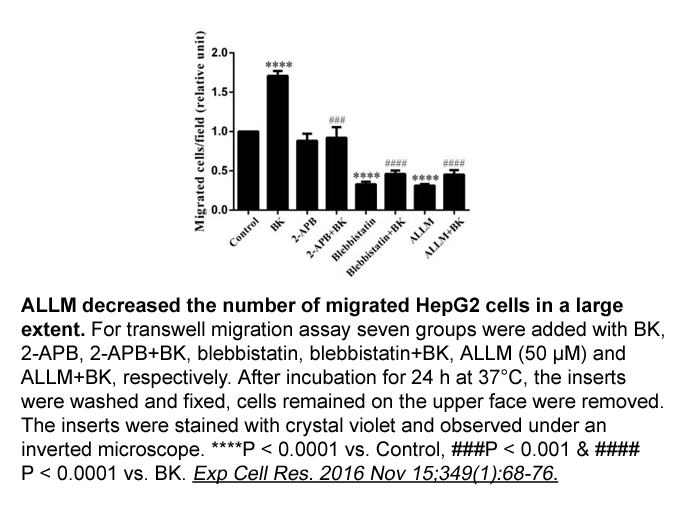
The mechanism governing how mechanotransduction signals regulate a number of genes involved in cartilage hemostasis remains unclarified. Mitogen-activated protein kinase (MAPK) pathways are activated by static and dynamic compression of cartilage (31 32). c-Fos/AP-1 is downstream of the MAPK pathway
15548 records 137/1037 page Previous Next First page 上5页 136137138139140 下5页 Last page